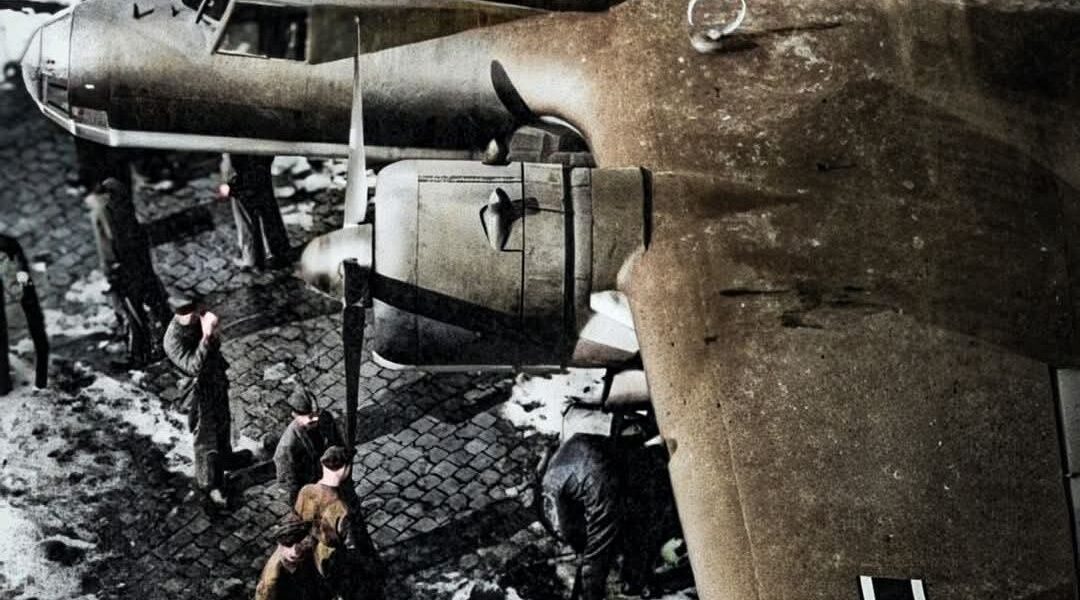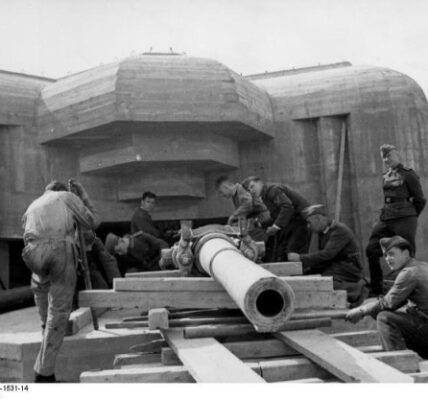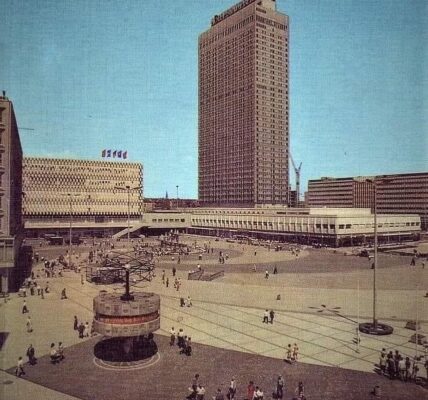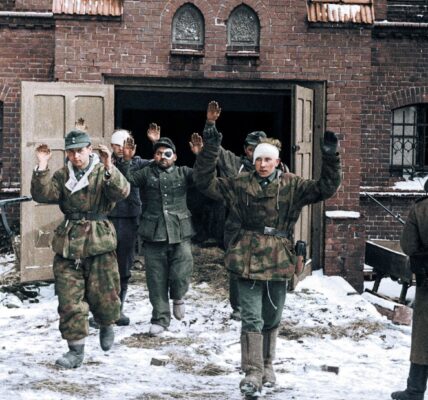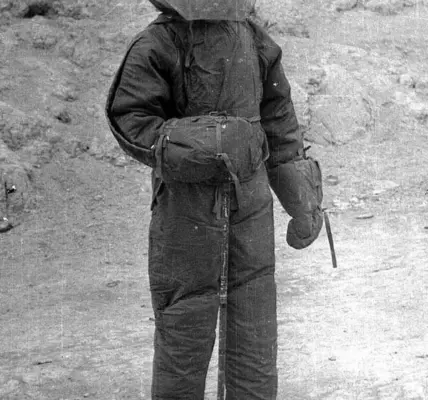Dornier Do 17
The Dornier Do 17 was a twin-engine fighter aircraft manufactured by the German company Dornier . The model was initially designed as a twin-engine fast passenger aircraft and was used by the Luftwaffe during World War II as a bomber and reconnaissance aircraft . Later, the aircraft were also used as tow aircraft for cargo gliders .
The development of the shoulder-wing aircraft with double vertical stabilizer and retractable tailwheel landing gear dates back to a 1932 tender issued by the Army Ordnance Office . Its slender fuselage earned it the name “Flying Pencil.”

In 1932, at the suggestion of the Reich Ministry of Transport , which was acting on behalf of the Army Ordnance Office and the Reichswehr operating in the background , Dornier began developing an aircraft design officially called an “express mail aircraft”. However, the project already envisaged the creation of a medium bomber in addition to its use as a fast transport aircraft. [ 1 ] The name “express mail aircraft” resulted from the secrecy that was necessary to be able to develop military aircraft in Germany while circumventing the Treaty of Versailles, and is also found in similar designs for other bomber designs that had already been initiated in the Weimar Republic , such as the He 111 , the Ju 86 or the Ju 89. [ 2 ] This preparatory work benefited the Nazi regime , which began rearming the Wehrmacht soon after it came to power in 1933. The Do Y, initially offered under the designation Do 15 , was rejected because it was outdated. The concept of the completely redesigned Do 17 was presented on March 17, 1933, and accepted by the newly created Reich Air Ministry (RLM), which placed an order for two prototypes on May 24, 1933. The Do 17 A (later Do 17 V2) was designed as a passenger aircraft, while the Do 17 C (Do 17 V1) was already a bomber under the code name “Cargo aircraft (with special equipment)” and its construction was given top priority. The maiden flight on November 23, 1934, was completed by Dornier chief pilot Egon Fath in the bomber variant.

Flight tests demonstrated the aircraft’s suitability for military use. From the outset, both liquid-cooled V-engines and air-cooled radial engines were planned. The Do 17 MV1—a prototype designed for high-speed flight—won the Alpine Sightseeing Flight for multi-seat military aircraft at the 4th International Air Meeting from July 23 to August 1, 1937, at the Dübendorf military airfield near Zurich , thus garnering international attention. The deployment of 32 Do 17s in the Spanish Civil War (nicknamed ” Bacalao ” or “Stockfish” ) with the Condor Legion in the 88th Experimental Bomber Squadron and the 88th Reconnaissance Squadron yielded numerous new insights.
The Do 17 was produced in several variants from August 1936 to October 1940. The first two production versions, the E (bomber) and F (reconnaissance), were powered by twelve-cylinder BMW VI 7.3 V-engines , while later versions were equipped with the more powerful nine-cylinder Bramo 323 “Fafnir” radial engines , which, thanks to their air cooling, were also more resistant to fire. Of these, the Do 17M was a bomber variant, and the Do 17P a reconnaissance variant. A further reconnaissance variant, the Do 17U, was produced in only 15 units; it had two Daimler-Benz DB 600 engines .

The Do 17Z, powered by the Bramo 323, produced from 1939 onward, was the most powerful and, with at least 535 aircraft built, also the most frequently built version. The last Do 17 variant, the Dornier Do 215, was produced from December 1939 to January 1941. 101 units were produced. This was essentially a modified Do 17Z with liquid-cooled DB 601 V12 engines .
Many aircraft were lost in the Battle of Britain , and from the end of 1940 onwards the Do 17 was increasingly replaced in bomber units by newer models with higher bomb loads and longer range, such as the Ju 88 and the He 111. The remaining operational aircraft were partly converted into reconnaissance aircraft (Z-3), trainer aircraft (Z-4), weather reconnaissance aircraft (Z-5) and night fighters (Z-7, Z-10, a maximum of nine aircraft) or handed over to allied states ( Bulgaria , Finland , Romania ).
Some Do 17s were also exported: 33 to Yugoslavia (1937/38), ten to Bulgaria (1940), one to Croatia (1942), ten to Romania (1942) and two to Turkey (1942). Yugoslavia ordered seventy Do 17Ks in 1937, the majority of which were to be built under license. Dornier built 20 of this batch (other sources say 36); DFA in Kraljevo delivered at least 30 more aircraft before the outbreak of hostilities between the German Reich and Yugoslavia ( Balkan Campaign (from April 6, 1941) ) (experience with the Do 17 later led to the Yugoslav Zmaj R-1 project ).
Dornier incorporated its experience with the Do 17 into the development of the Do 217 heavy twin-engine bomber . Although similar in appearance to the Do 17, it was a new development.
Production of the Do 17 for the Luftwaffe :
| Version | Dornier | HFW (Henschel) |
HFB (Blohm & Voss) |
Siebel | sum |
|---|---|---|---|---|---|
| AND | 268 | 131 | 399 | ||
| F | 98 | 29 | 51 | 178 | |
| M | 200 | 200 | |||
| P | 8 | 100 | 149 | 73 | 330 |
| IN | 15 | 15 | |||
| Z-1 | 45 | 65 | 1 | 2 | 113 |
| Z-2 | 74 | 205 | 26 | 77 | 382 |
| Z-3 | 251 | 50 | 47 | 20 | 368 |
| sum | 959 | 551 | 252 | 223 | 1.985 |
-
Second prototype Do 17 A (V2)
-
Do 17 V8 (F-1)
-
Do 17 MV2
-
From 17 E-1
-
Do 17 M
-
Do 17 M-1 of 2./KG 2, in Liegnitz or Gerdauen, 1939
Technical data
[ Edit | Edit source ]

| Parameter | Data (Do 17 Z-2) |
|---|---|
| crew | 4 |
| Long | 15,80 m |
| span | 18,00 m |
| Height | 4,60 m |
| Wing area | 55 m² |
| Wing extension | 5,9 |
| max. Startmasse | 8500 kg (8850 to 9000 kg in case of overload) |
| drive | 2 Sternmotoren Bramo 323 P with 1,000 PS (735 kW) |
| Top speed | 410 km/h at 4000 m altitude (at 8000 kg) |
| Service ceiling | 8200 m (bei 8000 kg) |
| reach | 1160 km with 500 kg bomb load, about 660 km with 1000 kg bomb load |
| Armament | One or two 7.92 mm machine guns, swiveling into side, nose, dorsal, and ventral stations; 1000 kg internal bomb load |
Preserved machines in museums
[ Edit | Edit source ]
No museum houses a fully preserved example; only parts of individual aircraft are on display. In the summer of 2007, a well-preserved wreck of a Dornier Do 215 B-5 (a variant of the Do 17 Z) was discovered in the Dutch part of the Wadden Sea .
In 2008 , the well-preserved remains of a Do 17 Z-2 were discovered in the mud of the English Channel near the Goodwin Sandbanks . [ 3 ] [ 4 ] The aircraft with the squadron identification 5K+AR (7. Staffel, III. Gruppe Kampfgeschwader 3 , Werknummer 1160) had taken part on 26 August 1940 from St. Trond airfield , together with aircraft of Kampfgeschwader 2 , in an attack on the RAF airfields at Debden ( District Uttlesford ) and Hornchurch near London , but lost its bearings on approach above the clouds and was separated from the formation. Shortly afterwards, it was attacked by several Boulton-Paul Defiant fighters of RAF Squadron 264. The cockpit and both engines were hit, one of which failed and one was damaged. The wounded pilot, Willi Effmert, decided to make an emergency landing on the sandbanks and first dropped his 740 kg bomb load. The aircraft touched down on a sandbank at 1:40 p.m. with its undercarriage retracted and overturned. The pilot and observer were able to escape and survived as prisoners of war, while the radio operator and bombardier were killed. Their bodies were later washed ashore in England and the Netherlands and buried there. [ 5 ] In June 2013, the wreckage was recovered and then taken to the Royal Air Force Museum in Cosford . According to the museum, it will be treated there for two to three years, initially using a new type of preservation process specially developed for this aircraft. [ 6 ] [ 7 ] Since October 2013, an exhibition has been on display at the museum in Cosford, parallel to the conservation work, showing the recovery of the wreckage and the history of the aircraft. [ 8 ] An “Interpretation Zone” at the RAF Museum in London, sponsored with £75,000 by the Belarusian computer game developer wargaming.net, uses augmented reality techniques to give additional visitors access to this historic find.
